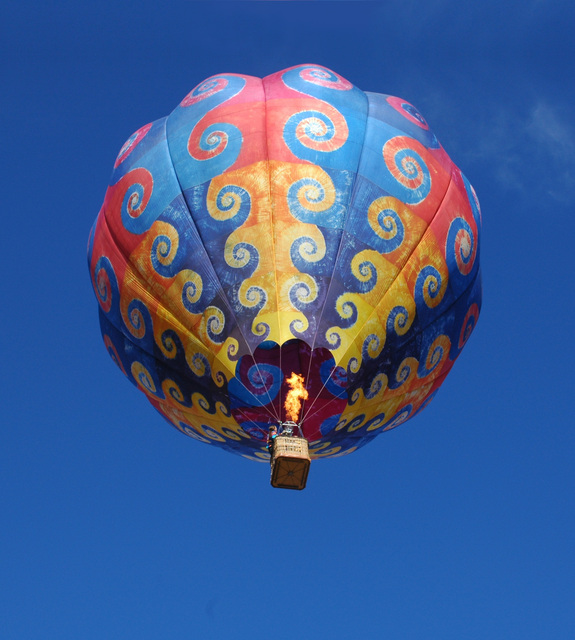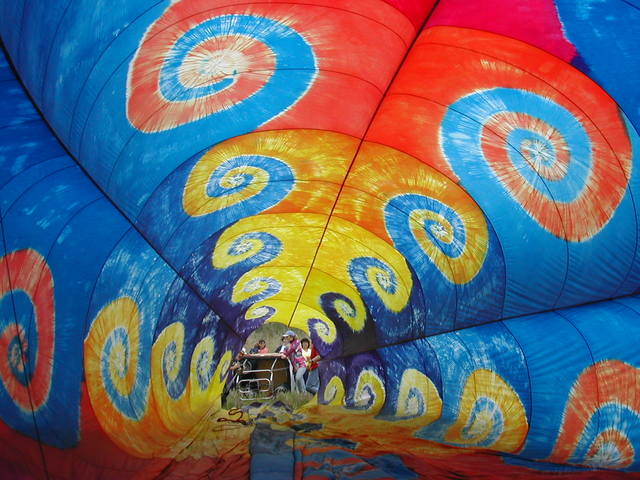The Fractal Man's Amazing Homegrown Flying Machine!
Mathematician Has Airborne Art Down To A Science


Tania Goldfeder-Wolfe

Tania Goldfeder-Wolfe

Tania Goldfeder-Wolfe

Tania Goldfeder-Wolfe

Tania Goldfeder-Wolfe

Tania Goldfeder-Wolfe

Tania Goldfeder-Wolfe

Tania Goldfeder-Wolfe

Tania Goldfeder-Wolfe

Tania Goldfeder-Wolfe

Tania Goldfeder-Wolfe


Tania Goldfeder-Wolfe








